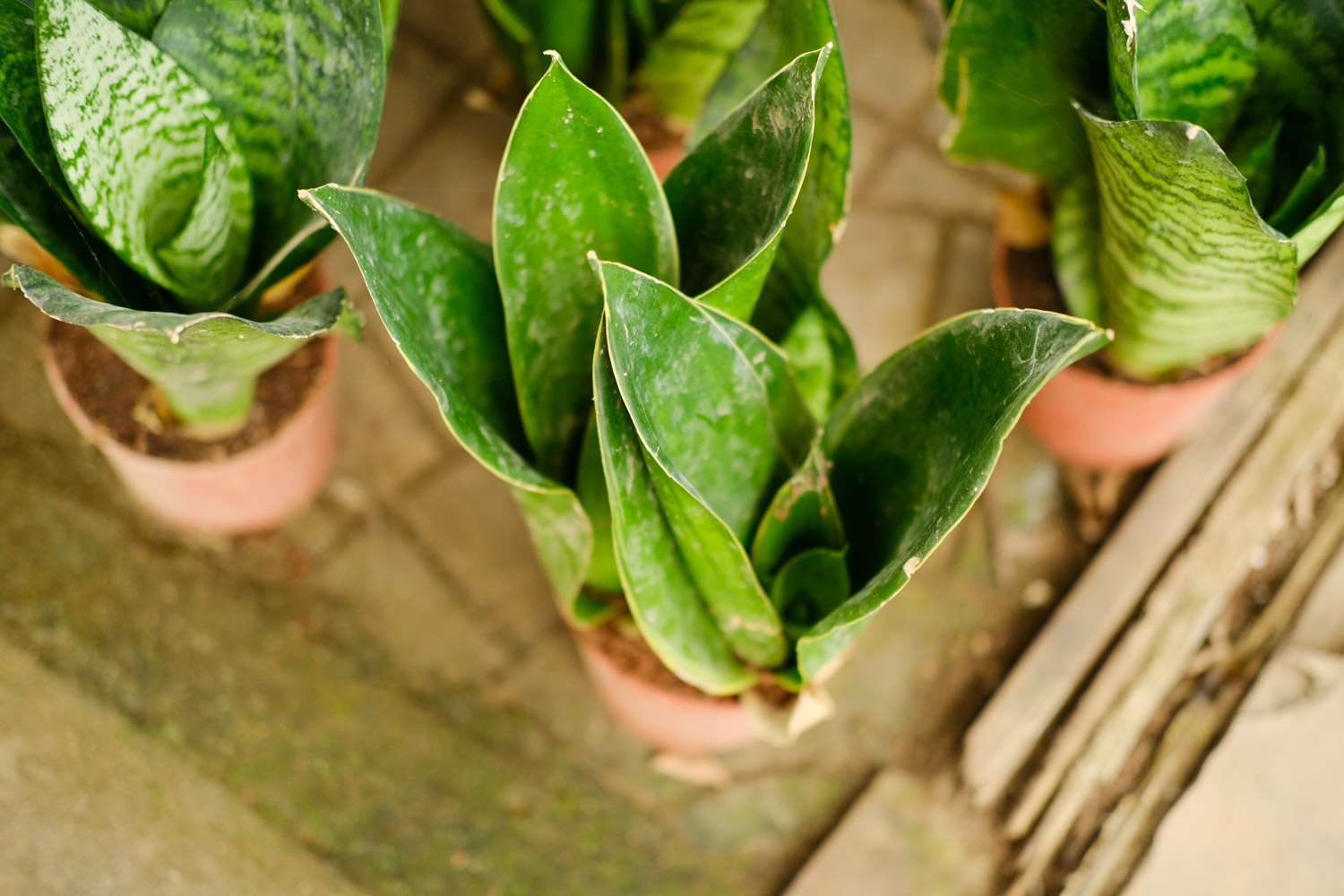1. Flower soil
It is best to use the sandy flower soil with relatively thick, soft and good drainage. It can be made by mixing five parts of garden soil, three parts of river sand and two parts of rotten leaf soil. However, it has no strict requirements for flower soil. Even without the above soil, there is no problem as long as it is raised with soil with good drainage

2. Watering
It likes humidity, but it also has strong drought tolerance. More water is needed during the germination period of new leaves and buds and the growth period of leaves. At this time, it should be watered in time to keep the flower soil wet. In addition, the time can be watered slightly to ensure that the flowers and soil do not dry out
3. Illumination
When breeding, it should be given enough light as far as possible. It is best to put it under the sun and let it receive direct light. If the light can not meet its requirements, it may be dry and soft leaves due to lack of light

4. Temperature
It should be kept within 20-30 ℃ as far as possible, because it is most suitable for its growth. In summer, it should be moved to an environment below 30 ℃
5. Precautions
It's best to change the basin for it once a year. Because it grows very fast, if it does not change the basin in time, its growth will be restrained due to lack of space


 jackfruit
jackfruit snake plant
snake plant hibiscus
hibiscus hydrangea
hydrangea lavender
lavender Green roses climb al...
Green roses climb al... If you don't pay att...
If you don't pay att... Management of four g...
Management of four g...

































